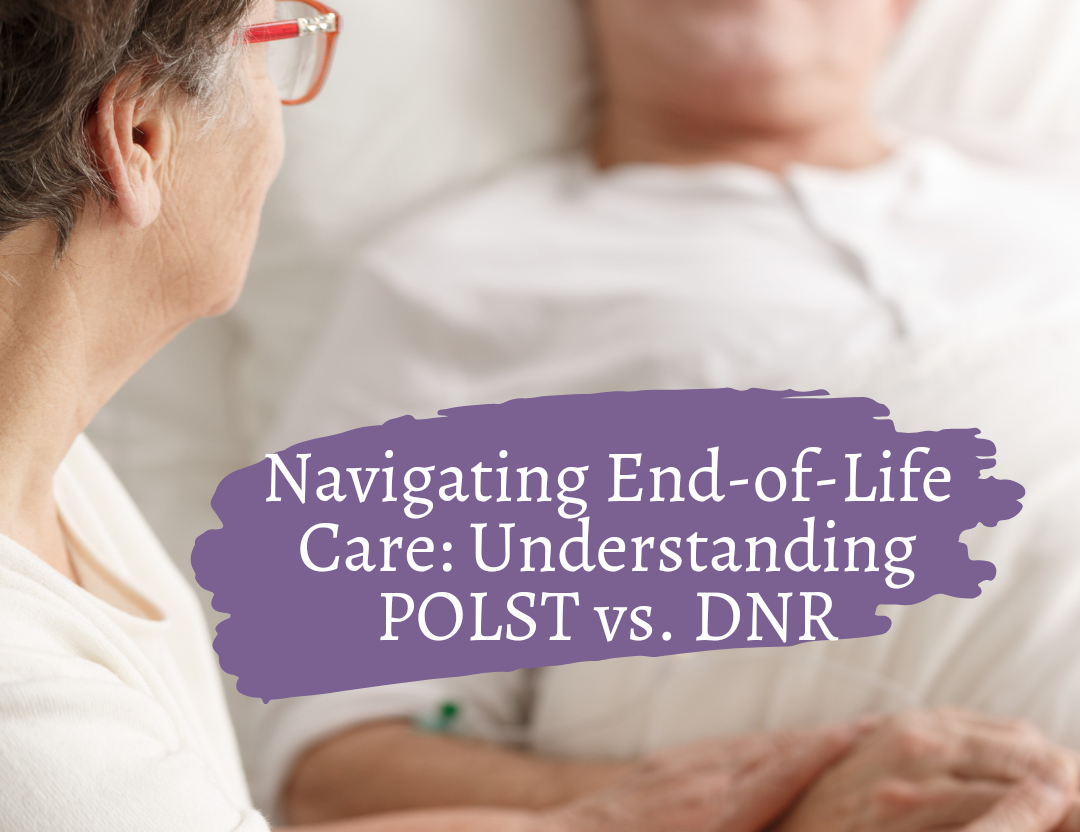When it comes to end-of-life care decisions, clarity is essential. At Whole Life Home Care we’re here to help you understand the differences between two important directives: POLST (Physician Orders for Life-Sustaining Treatment) and DNR (Do Not Resuscitate).
POLST:
– Scope: Covers various life-sustaining treatments beyond CPR, like intubation and antibiotics.
– Legal Status: A legally binding medical order signed by a healthcare provider, applicable across different healthcare settings.
– Portability: Designed to be portable, ensuring consistent treatment preferences wherever you go.
– Specificity: Allows for detailed preferences regarding treatments beyond CPR.
DNR:
– Focus: Specifically addresses CPR preferences.
– Legal Status: Also a medical order, but its legal implications may vary by state.
– Portability: May need clarification or reissuing when transitioning between healthcare facilities.
– Specificity: Solely focuses on CPR preferences.
Making Informed Decisions:
Our team at Whole Life Home Care is here to support you in understanding your choices about end-of-life care. Whether you’re navigating POLST forms, discussing DNR orders, or exploring advance care planning, we’re dedicated to empowering you with the right information to make decisions aligned with your values and preferences.
If you have questions or need assistance with advance care planning, including POLST and DNR orders, reach out to us. Together, we can ensure your end-of-life care preferences are documented and respected, providing peace of mind for you and your loved ones.











